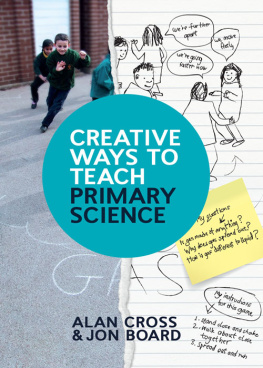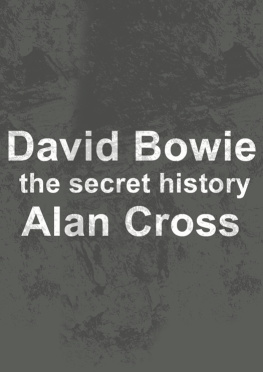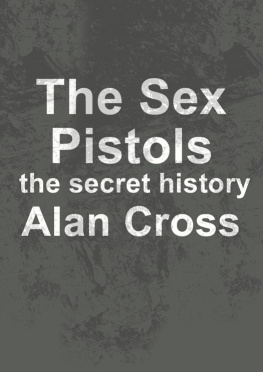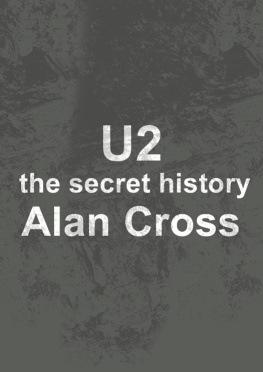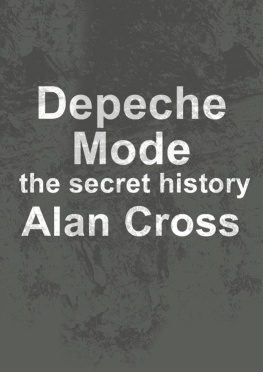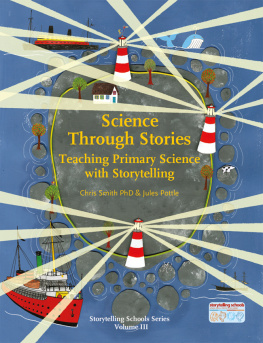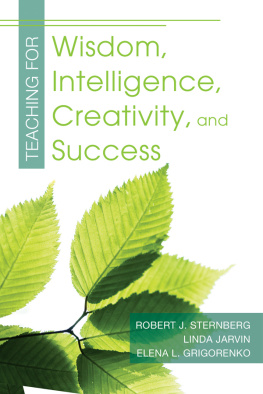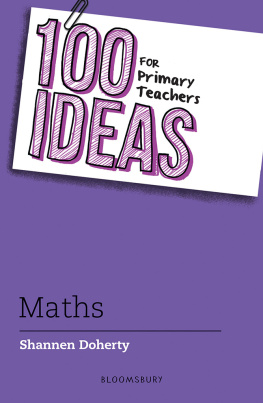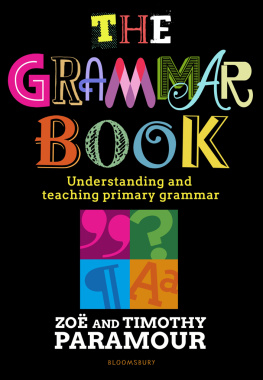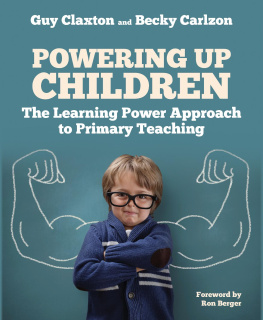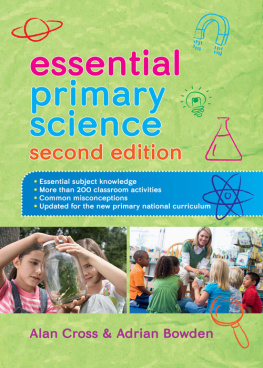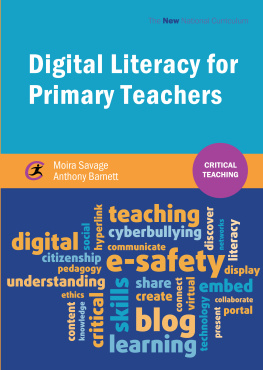
Open University Press
McGraw-Hill Education
McGraw-Hill House
Shoppenhangers Road
Maidenhead
Berkshire
England
SL6 2QL
email: enquiries@openup.co.uk
world wide web: www.openup.co.uk
and Two Penn Plaza, New York, NY 10121-2289, USA
First published 2014
Copyright Alan Cross and Jon Board, 2014
All rights reserved. Except for the quotation of short passages for the purpose of criticism and review, no part of this publication may be reproduced, stored in a retrieval system, or transmitted, in any form or by any means, electronic, mechanical, photocopying, recording or otherwise, without the prior written permission of the publisher or a licence from the Copyright Licensing Agency Limited. Details of such licences (for reprographic reproduction) may be obtained from the Copyright Licensing Agency Ltd of Saffron House, 610 Kirby Street, London EC1N 8TS.
A catalogue record of this book is available from the British Library
ISBN-13: 978-0-33-524765-3 (pb)
ISBN-10: 0-33-524765-2 (pb)
eISBN: 978-0-33-524766-0
Library of Congress Cataloging-in-Publication Data
CIP data applied for
Typesetting and e-book compilations by
RefineCatch Limited, Bungay, Suffolk
Fictitious names of companies, products, people, characters and/or data that may be used herein (in case studies or in examples) are not intended to represent any real individual, company, product or event.
Praise for this book
This is a wonderfully written explanation and justification for creative teaching of primary science. The book calls for teachers to hand over more control of the lesson to the children so that they can be creative through exploration and investigation. Throughout the book suggestions are made for children to work as researchers. Each chapter is underpinned by research which makes the book eminently suitable for tutors and their students. There is a treasure trove of teaching ideas that makes the book useful also for both experienced and inexperienced teachers. The frequent web links open up another dimension to the work. This is an absolutely must read book for anybody involved in primary science education!
David Barker, Senior Lecturer in Primary Science Education at Edge Hill University, UK
If you have ever wanted to find great ideas and teaching tips in one place, or searched endlessly for something a little special or different to spice up a lesson, then this one-stop shop of ways to enhance any science lesson is invaluable. The book really demystifies what it means to make your science teaching creative so all you have to do is dive in and see what works with your pupils!
Lynne Bianchi, Head of the University of Manchesters Science Education Research & Innovation Hub, UK
If we are to nurture great scientists, we need to create imaginative, inspiring and inventive learning opportunities. This book is a really useful collection of teaching strategies and tips for developing a creative learning environment; including thoughtful guidance about how to maximise the potential of learning so that it is truly cross curricular.
Claire Seeley, Member of the Primary Committee Association of Science Education, UK
Contents
The authors would like to thank staff and children at the following schools:
Harwood Meadows Academy, Bolton
Mauldeth Road Primary School, Manchester
The Deans Primary School, Salford
St Stephens Primary School, Bolton.
Introduction
Society needs young people with developing science skills and knowledge, and part of that is a willingness to be open to new ideas, try new things and constantly search for the best in everything. For us, much of this comes under the heading of creativity and creative approaches to primary science education.
We begin with a note of encouragement and reassurance. Im not creative is a phrase we commonly hear from adults. We would say that everyone can be creative. This may of course be manifested in different ways and in particular aspects of life, such as gardening or home decoration. Creativity can be developed in all aspects of our lives (NACCCE, 1999). This includes the arts, humanities, maths, English and science, and of course it includes teaching. For us, creative means dealing with or initiating something that is new, unique or different in some way to you as an individual. It is not a case of creating things new to humanity but things that, to you, are new or novel. That said, there is much value in definitions to be found in the literature, such as imaginative activity fashioned so as to produce outcomes that are both original and of value (NACCCE, 1999: 29). What we seek to promote is this imaginative activity by teachers and their pupils.
This book will assist you with approaches and very concrete ideas that you can trial and adapt in your school, in your class with your children. Some suggestions we are sure will work well immediately; others will require development and adaption to suit you, your children, your situation and the part of science you are dealing with. We would argue that the classroom should be a teaching laboratory that constantly adapts to the needs of the learners, and in which the teacher is constantly learning about teaching and learning.
You will be interested in resources that can help you develop creativity. One example is the Creative Little Scientists organization, which shares ideas and resources, and organizes events. Find out more here:

www.creative-little-scientists.eu
Examples of creative science
What is it about the examples below that you would say makes them creative?
Darwin
Darwins centenary saw one school celebrate with a Darwin topic and a Darwin day, when classes went hunting outside the school for signs of plants and animals. Fossils were discovered in a number of sand-filled play pits. Films of Darwins life at Down House, his voyage on HMS Beagle, and his life and works were used along with websites and books as secondary sources in the research for a newspaper article, The truth about Darwin. The project included history, science, dance, art and design, and literacy including role play, when Darwin was interviewed and photographed.
Crime scene investigation
Children arrive in school to find their class mascot has been stolen. Various clues are discovered a note, fingerprints, a receipt, a handprint, a shoeprint. The children devise a series of investigations. The teacher teaches them to use chromatography and fingerprints. Data are gathered, samples are matched and the culprit apprehended the head teacher!
Lucky dip
On arrival to class children select a number and a letter from cards buried in two sand trays. These allocate the children to teams and assign roles within the teams. Each team devises questions related to the new science theme, and then selects a question that will be the basis of their science work.
Alien egg
A large egg is found in the classroom. When it is broken open, a toy alien is found inside with a message from its parents: Look after our young, please, while we are travelling. Our planet, Noom, is very warm; your planet is not warm enough for our child, so please find material for a thermal suit. The children are divided into groups and tasked to investigate materials.
Could you adapt these examples so they provide even better opportunities for creativity?
Next page
